WGA And SAG-AFTRA Strike: Hollywood Faces Unprecedented Production Shutdown
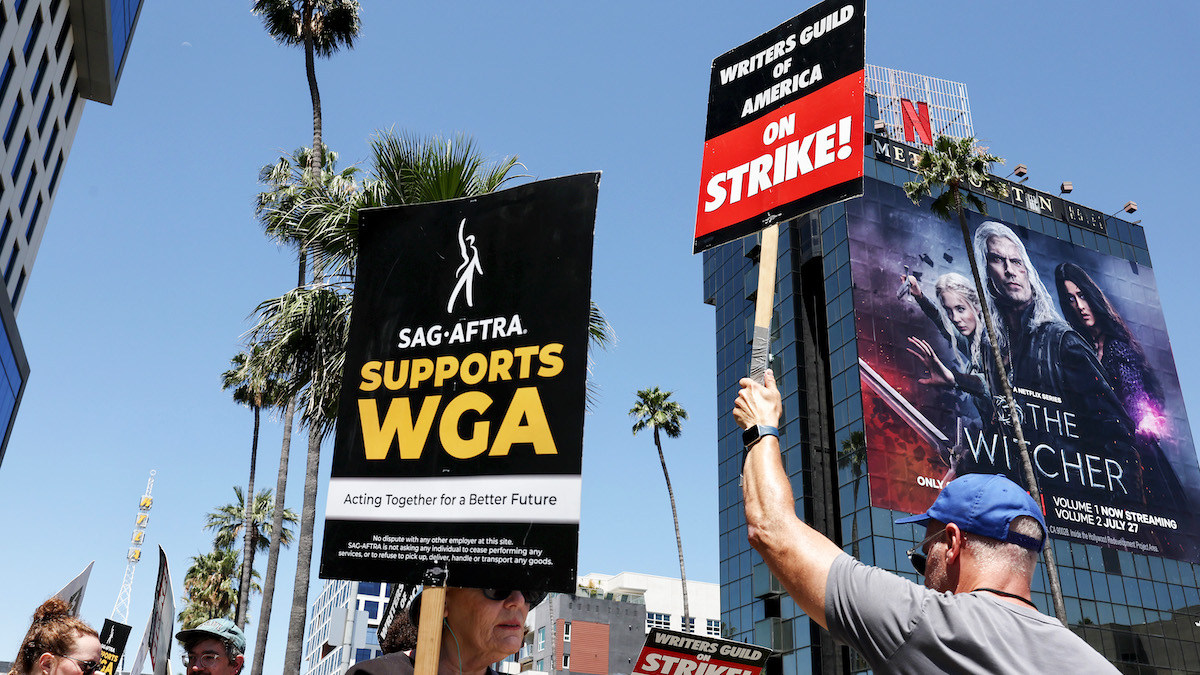
Table of Contents
The WGA Strike: Writers' Concerns and Demands
The WGA strike, which began in May 2023, stems from a breakdown in negotiations with the Alliance of Motion Picture and Television Producers (AMPTP). The core issues driving the strike are directly related to the changing landscape of the entertainment industry. Writers are fighting for a fairer share of the profits generated by their work, particularly in the rapidly expanding streaming market.
-
Fair Wages and Residuals in the Streaming Era: Traditional residuals, payments writers receive each time their work is rerun, have drastically diminished with the rise of streaming platforms. The WGA demands a fairer system that reflects the value of their contributions in this new media landscape. This includes advocating for higher minimums and better residual structures for streaming shows.
-
Concerns about the Increasing Use of AI in Writing: The WGA is deeply concerned about the potential for AI to replace human writers. They're demanding protections to ensure that AI is not used to devalue or replace their work. This includes negotiating clear guidelines and regulations regarding the use of AI in scriptwriting and development.
-
Minimum Staffing Levels on Productions: The WGA aims to improve working conditions by ensuring adequate staffing levels on productions. This is crucial for preventing burnout and ensuring the quality of the final product.
-
Improved Working Conditions: The strike also addresses issues like longer working hours, unreasonable deadlines, and the overall treatment of writers within the industry.
The long-term effects of the WGA strike could significantly impact the quantity and quality of television and film produced, potentially leading to a creative drought in the coming years.
The SAG-AFTRA Strike: Actors' Fight for Fair Compensation and AI Protections
Joining forces with the WGA, SAG-AFTRA initiated its strike in July 2023, further escalating the crisis. Their concerns mirror many of the WGA's, focusing on fair compensation in the streaming age and the ethical implications of AI.
-
Fair Wages and Residuals, Especially in the Streaming Landscape: Similar to writers, actors are demanding a fairer share of profits from streaming platforms, where traditional residuals are often significantly lower or nonexistent. This includes pushing for increased minimums and improved residual structures for streaming projects.
-
Concerns Regarding the Use of AI in Creating Digital Replicas of Actors: SAG-AFTRA is deeply concerned about the use of AI to create digital replicas of actors, potentially leading to the exploitation of their likeness and a devaluation of their work. They demand robust protections to prevent the unauthorized use of their images and voices.
-
Improvements to Health and Pension Plans: The strike also addresses the need for improved health and pension plans for actors, who often face periods of unemployment between projects.
-
Self-Tape Regulations and Fair Compensation for Self-Tapes: The rise of self-tape auditions has placed additional burdens on actors. SAG-AFTRA is fighting for fair compensation and improved regulations regarding self-tapes to ensure actors are properly compensated for their time and effort.
The SAG-AFTRA strike complements and significantly amplifies the WGA strike, creating a united front against the AMPTP and solidifying the message that the industry needs significant reform.
The Unprecedented Scale of the Hollywood Shutdown
The combined strikes represent the largest work stoppage in Hollywood's history. The impact is far-reaching and multifaceted.
-
Numerous Film and Television Productions Halted: Countless productions, from major studio films to smaller independent projects, have been brought to a complete standstill.
-
Impact on Late-Night Television Shows: Late-night talk shows have been significantly affected, with many going off the air indefinitely.
-
Economic Repercussions for Studios, Production Crews, and Local Economies: The financial impact is staggering, affecting not only the studios but also countless production crew members, support staff, and local businesses that rely on the entertainment industry's economic activity. Estimates of daily losses run into the tens of millions of dollars.
-
Potential Delays for Upcoming Film and Television Releases: The strikes are causing significant delays in the release schedules of numerous films and television shows, potentially disrupting the entire industry calendar.
The sheer scale of the shutdown underscores the gravity of the issues at stake and the widespread discontent within the creative workforce.
Potential Outcomes and Negotiations
The resolution of the WGA and SAG-AFTRA strike remains uncertain. Several scenarios are possible.
-
Possible Concessions from Studios: The studios may be forced to make significant concessions to end the strike, potentially addressing some or all of the unions' demands.
-
The Role of Mediation and Negotiation: Mediation and ongoing negotiations will play a crucial role in finding a compromise that satisfies both parties.
-
The Potential for a Prolonged Strike: If negotiations fail, the strike could continue for months, leading to further economic repercussions and potentially impacting the future of Hollywood productions.
-
Public Perception and its Impact on Negotiations: Public opinion and media coverage will play a role in shaping the narrative and influencing negotiations.
The bargaining positions of both sides are entrenched, making a quick resolution unlikely. Both unions are standing firm on their key demands, indicating a willingness to endure a prolonged strike if necessary.
Conclusion: The Future of Hollywood Hinges on Resolving the WGA and SAG-AFTRA Strike
The WGA and SAG-AFTRA strike represents a critical turning point for Hollywood. The dual strikes underscore the urgent need for fair compensation, protections against AI exploitation, and improved working conditions for writers and actors. The unprecedented scale of the shutdown highlights the systemic issues within the industry and the power of collective action. The demands of both unions – fair wages, residuals in the streaming era, and safeguards against AI – are not merely about money; they are about the future of creative labor and the preservation of artistic integrity. Stay informed about the ongoing developments in the WGA and SAG-AFTRA strike and its impact on the future of Hollywood by following reputable news sources and the unions' official websites. Supporting the unions during this crucial time is essential to ensuring a fair and sustainable future for the entertainment industry.

Featured Posts
-
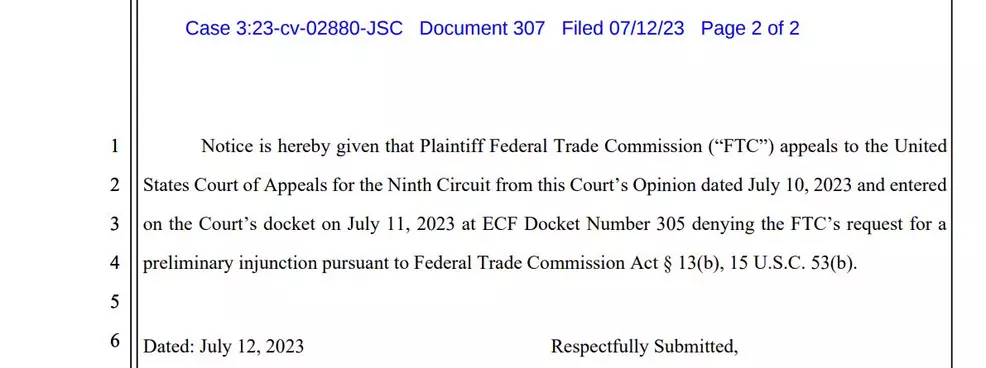 Ftc Appeals Activision Blizzard Acquisition Ruling Whats Next
Apr 28, 2025
Ftc Appeals Activision Blizzard Acquisition Ruling Whats Next
Apr 28, 2025 -
 Driving The Overseas Highway A Florida Keys Adventure
Apr 28, 2025
Driving The Overseas Highway A Florida Keys Adventure
Apr 28, 2025 -
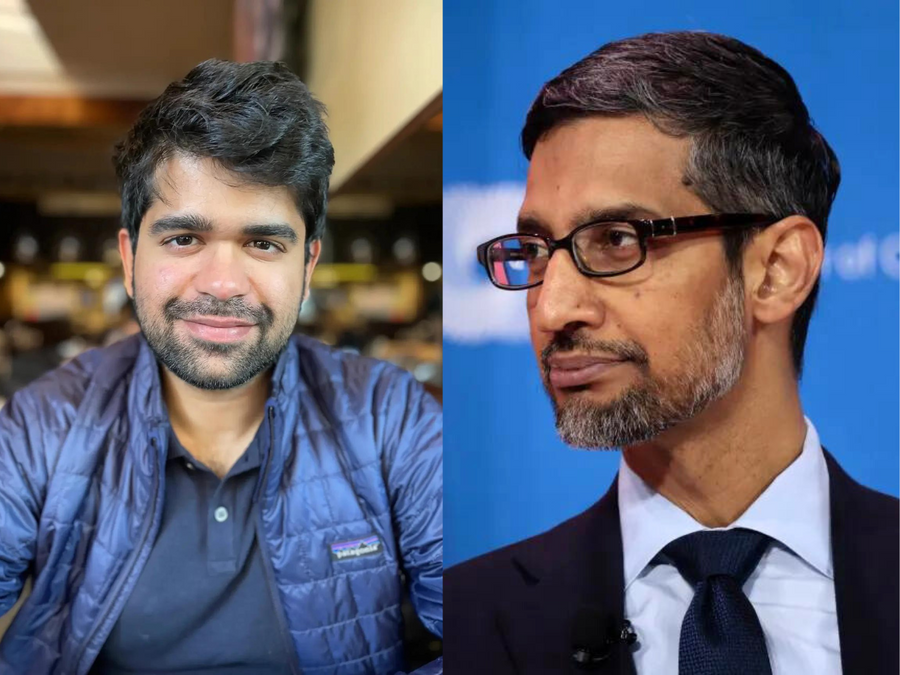 Confronting Google Perplexitys Ceo On The Emerging Ai Browser Landscape
Apr 28, 2025
Confronting Google Perplexitys Ceo On The Emerging Ai Browser Landscape
Apr 28, 2025 -
 Hamas Leaders In Cairo For Ceasefire Talks Amid Trumps Gaza Comments
Apr 28, 2025
Hamas Leaders In Cairo For Ceasefire Talks Amid Trumps Gaza Comments
Apr 28, 2025 -
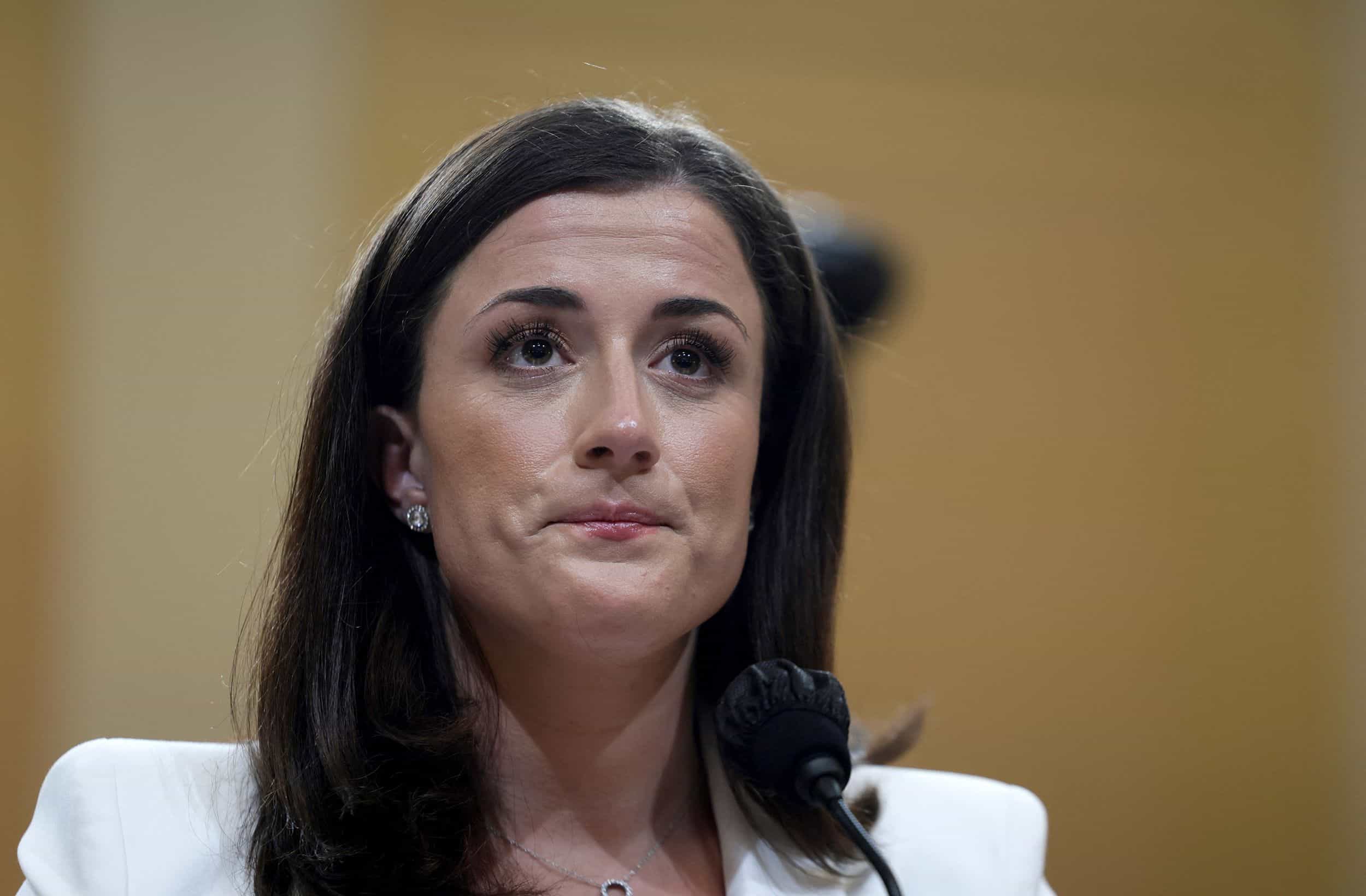 Cassidy Hutchinson Memoir A Deeper Look Into The January 6th Hearings
Apr 28, 2025
Cassidy Hutchinson Memoir A Deeper Look Into The January 6th Hearings
Apr 28, 2025
Latest Posts
-
 Yukon Politicians Issue Contempt Threat Amidst Mining Investigation
Apr 28, 2025
Yukon Politicians Issue Contempt Threat Amidst Mining Investigation
Apr 28, 2025 -
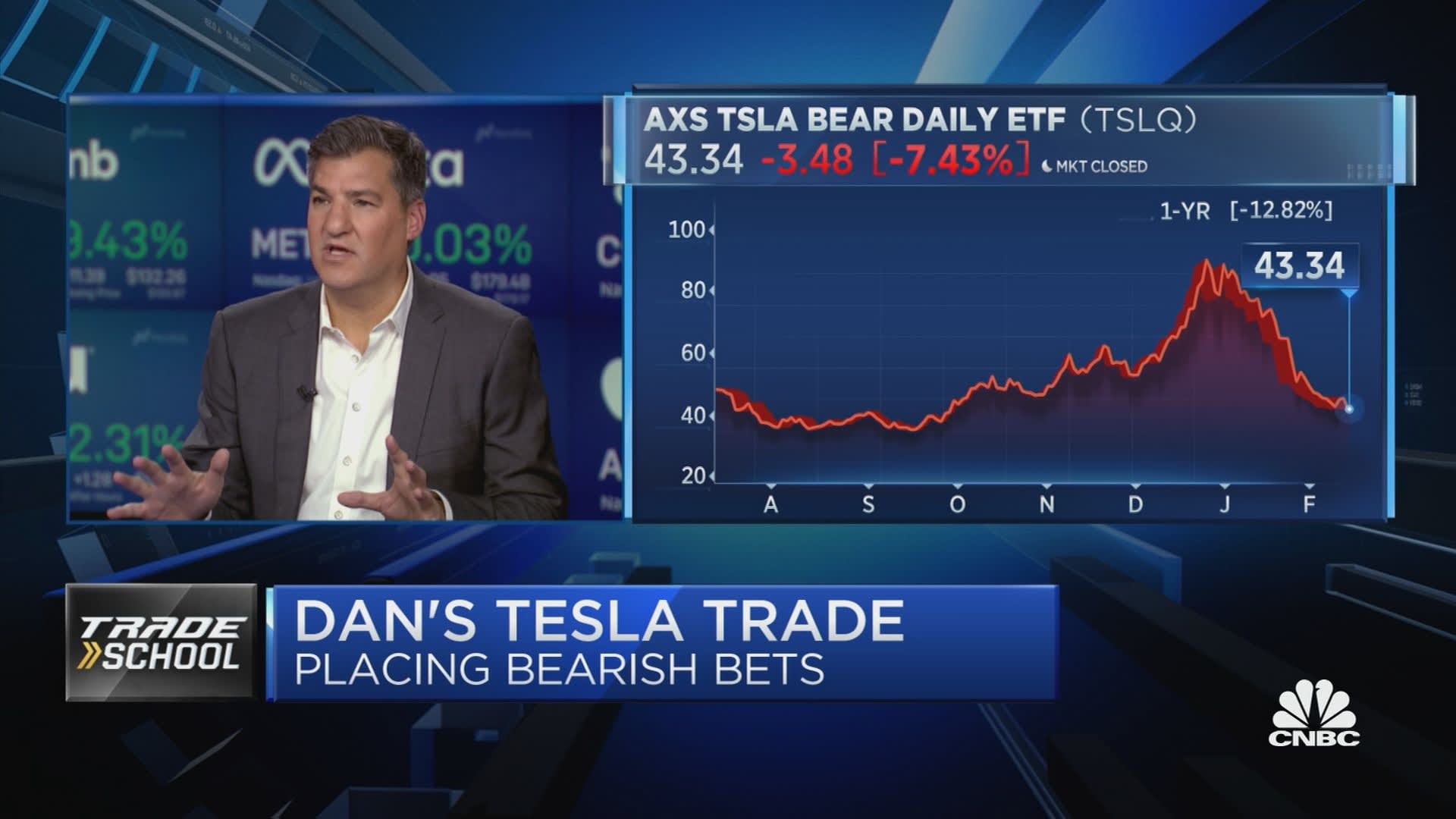 U S Stock Market Rally Driven By Tech Giants Tesla In The Lead
Apr 28, 2025
U S Stock Market Rally Driven By Tech Giants Tesla In The Lead
Apr 28, 2025 -
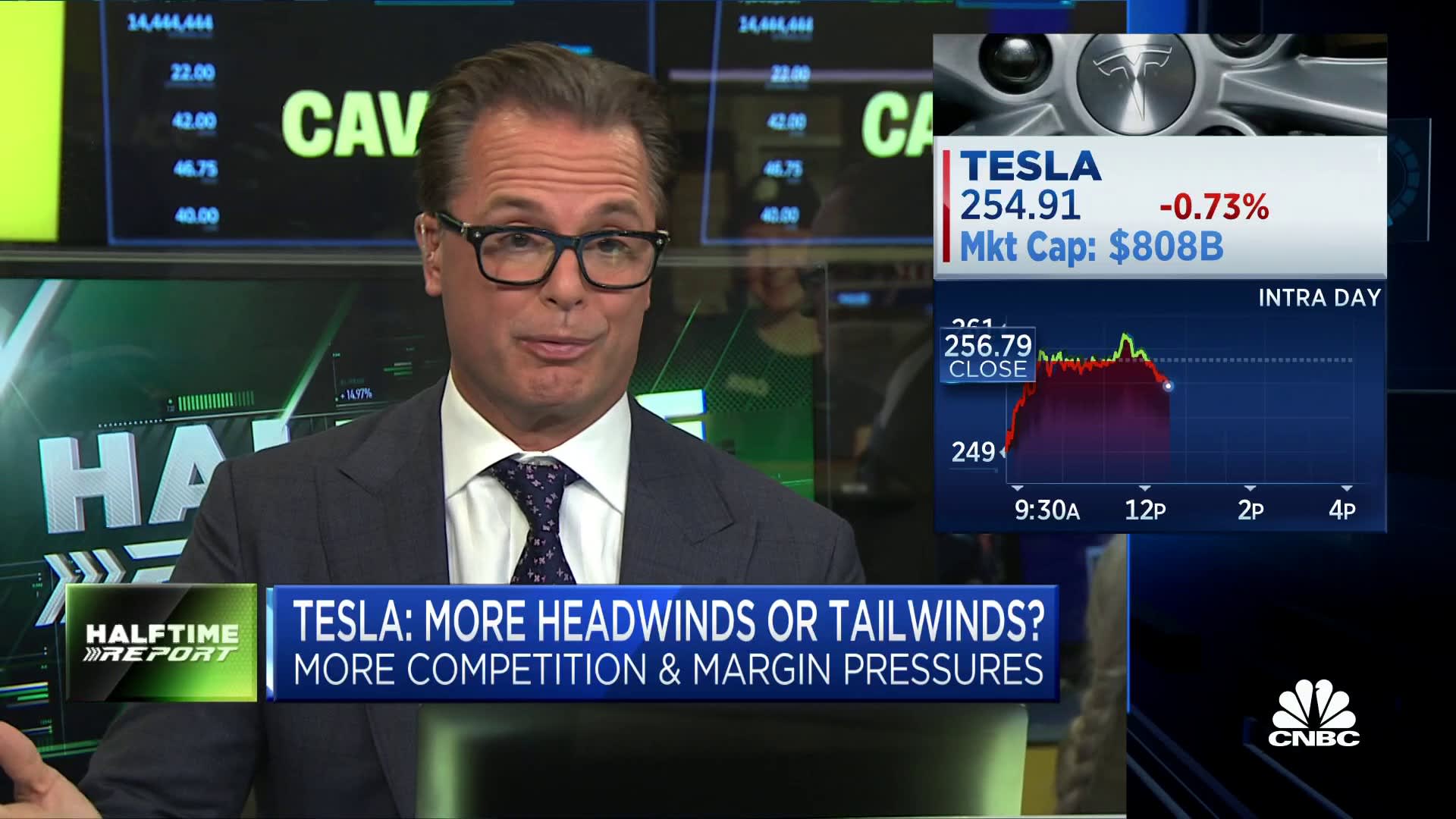 Tesla And Tech Stocks Power U S Market Surge
Apr 28, 2025
Tesla And Tech Stocks Power U S Market Surge
Apr 28, 2025 -
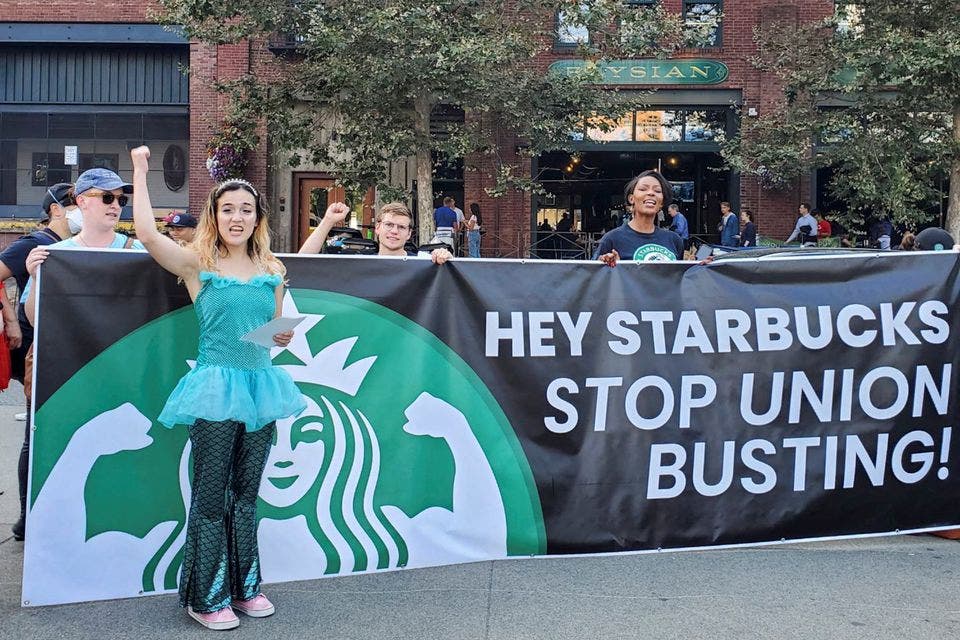 Starbucks Union Vote Rejects Companys Pay Raise Plan
Apr 28, 2025
Starbucks Union Vote Rejects Companys Pay Raise Plan
Apr 28, 2025 -
 Starbucks Union Spurns Companys Guaranteed Raise Proposal
Apr 28, 2025
Starbucks Union Spurns Companys Guaranteed Raise Proposal
Apr 28, 2025
